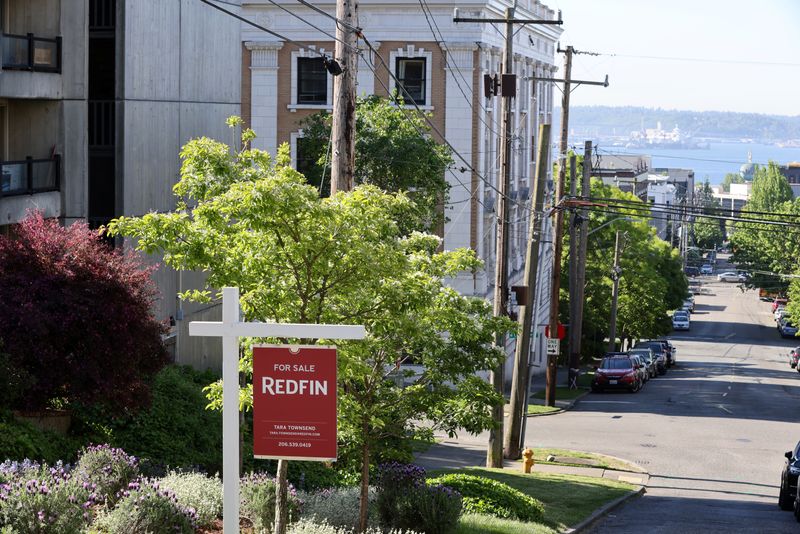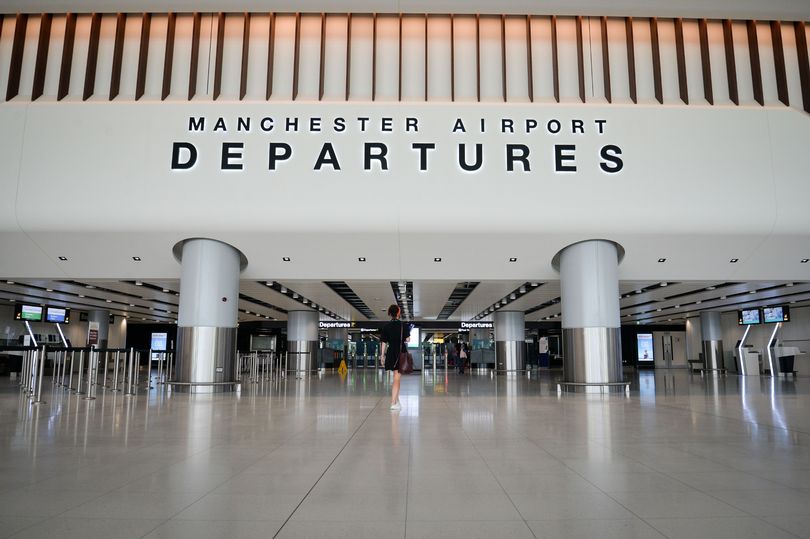
WASHINGTON (Reuters) – U.S. existing home sales dropped more than expected in January after three straight monthly increases as high mortgage rates and house prices stifled demand.
Home sales decreased 4.9% last month to a seasonally adjusted annual rate of 4.08 million units, the National Association of Realtors said on Friday.
Economists polled by Reuters had forecast home resales slipping to a rate of 4.12 million units.
Sales likely reflected contracts signed in November and December. The average rate on the popular 30-year fixed mortgage increased from 6.72% at the end of October to 6.85% in the final week of December, data from mortgage finance agency Freddie Mac showed.
Home resales increased 2.0% year-on-year in January.
“Mortgage rates have refused to budge for several months despite multiple rounds of short-term interest rate cuts by the Federal Reserve,” said Lawrence Yun, the NAR’s chief economist.
“When combined with elevated home prices, housing affordability remains a major challenge.”
The report added to a sharp decline in single-family housing starts last month in suggesting that residential investment weakened at the start of the first quarter after rebounding in the October-December quarter.
Mortgage rates have remained elevated despite the Federal Reserve cutting interest rates by 100 basis points since September before pausing in January while assessing the economic impact of the policies of President Donald Trump’s administration such as tariffs, tax cuts and mass deportations, viewed as inflationary by economists.
Mortgage rates track the yield on the 10-year Treasury note, which has risen on the economy’s resilience and stubborn inflation. Most economists expect the U.S. central bank will only cut rates once this year, if at all.
The inventory of existing homes increased 3.5% to 1.18 million units in January. Supply rose 16.8% from a year ago. The median existing home price increased 4.8% from a year earlier to $396,900 in January.
At January’s sales pace, it would take 3.5 months to exhaust the current inventory of existing homes, up from 3.0 months a year ago. A four-to-seven-month supply is viewed as a healthy balance between supply and demand.
Properties typically stayed on the market for 41 days last month, the most since January 2020, compared to 36 days a year ago. First-time buyers accounted for 28% of sales, unchanged from a year ago. Economists and realtors say a 40% share is needed for a robust housing market.
All-cash sales constituted 29% of transactions, down from 32% a year ago. Distressed sales, including foreclosures, made up 3% of transactions, creeping up after hovering around 2% in recent years.
(Reporting by Lucia Mutikani; Editing by Andrea Ricci)
EMEA Tribune is not involved in this news article, it is taken from our partners and or from the News Agencies. Copyright and Credit go to the News Agencies, email news@emeatribune.com Follow our WhatsApp verified Channel




